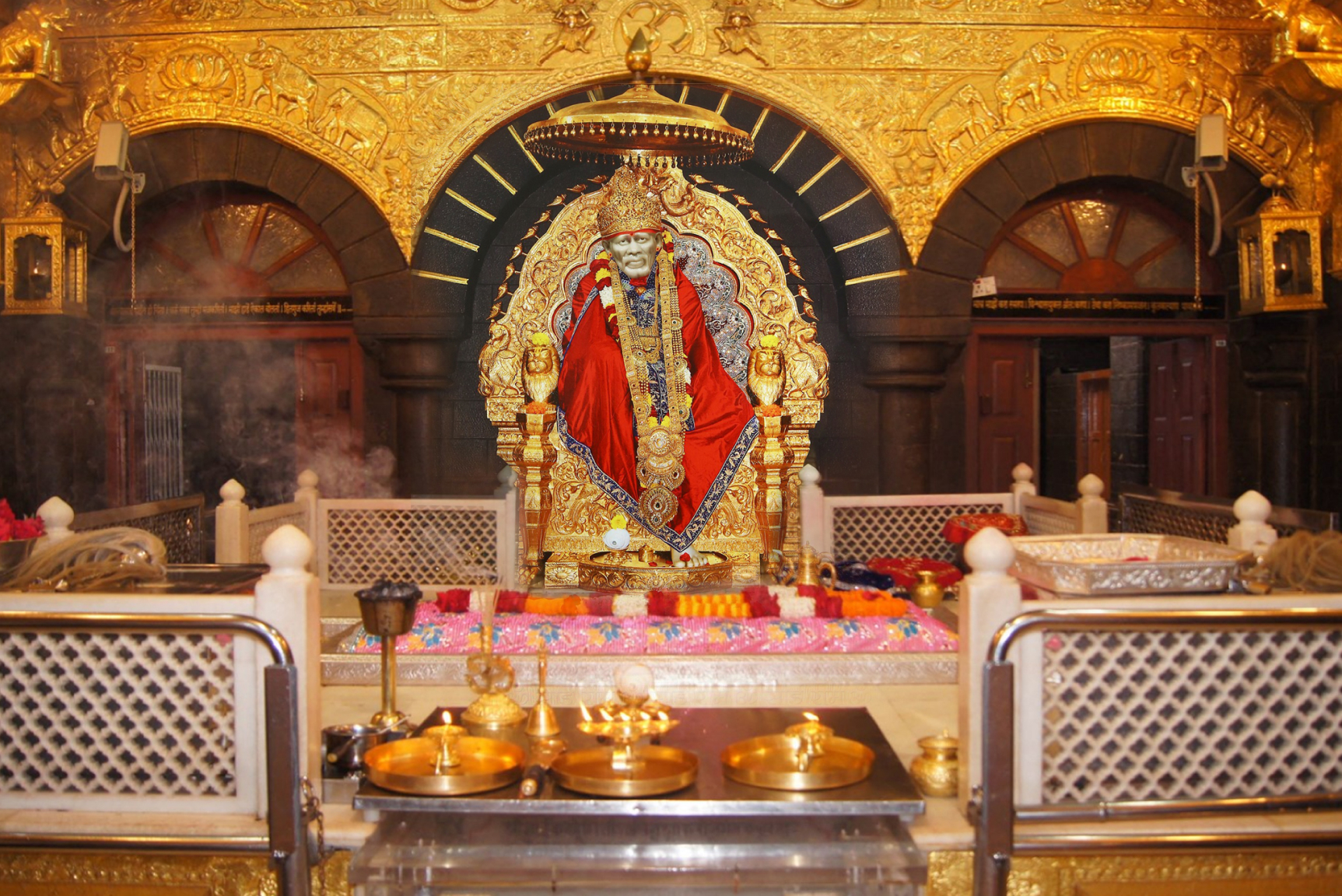
Sai Baba Of Shirdi
Daiwik Hotel welcomes you to Shirdi, a town blessed by the presence of one of the most revered saints of modern India – Sai Baba.
In the nineteenth century this nameless wandering teacher chose to stay at Shirdi and in the next sixty years he became the source of wisdom and spiritual solace to its people. He was a healer, a teacher, a powerful voice for religious tolerance and he helped the poor with his unending generosity.
Sai Baba spent his life in an old mosque, begging daily for his food and wearing torn old clothes. He gave away everything he received from his followers and lived like the poor people that he served with such loving kindness. Gradually his fame spread across the land and today devotees come in thousands every day to pray at his memorial, his Samadhi, and his followers can be found across the world.
For many Sai Baba is a supreme guru, for others a great yogi and for some a true faqir. He is loved and respected by people of every religion because he spoke of the universal values of love and forgiveness, of equality and tolerance, charity and devotion to God. The life of Sai Baba is a living example of his teachings and an inspiration to his followers. For him people of every religion, caste and gender were equal and his doors were open to everyone.
Sai Baba’s simple, practical teachings are a blend of Islam and Hinduism and he often spoke of the spirit of mystic love and devotion found in Bhakti and Sufism. He did not seek fame or fortune, all he wanted to do was commune with the Supreme Being. So he would say the Fatiha prayers with Muslims and quote from the Bhagavat Gita to Hindus. For him God could be found in every religion and he was a true saint of the people.
Sai Baba often spoke of shraddha (faith) and saburi (patience) and to gain maximum peace and self knowledge your stay at Shirdi needs both. And at Daiwik Hotels we offer you the spiritual experience that resonates to the thoughts and deeds of Sai Baba, the spiritual soul of Shirdi.
Location & Landscape
Shirdi is a town in the Ahmednagar District of Maharashtra. It is located on the Ahmednagar-Manmad highway at a distance of 83 km from Ahmednagar. It is 307 km from Mumbai, 112 km from Nashik and 126 km from Aurangabad. It is situated in the farmland of Maharashtra and the Godavari River flows about 15 km away.
In Marathi the word ‘shirdi’ means sugar and this is a sugarcane growing region. The pilgrim town of Pandharpur with its temple to Lord Vitthala is nearby. Pandharpur is the site of one of the biggest annual yatras and Shirdi falls along its pilgrim route. When Sai Baba arrived at Shirdi in the mid nineteenth century Shirdi was a village and today his temple has led to its growth into a busy town.
Life of Sai Baba
He was a very unusual saint. The early years of Sai Baba’s life have remained a mystery. No one knows his real name, where he was born, who his parents were and if he was a Hindu or a Muslim. For him these were all irrelevant questions and he refused to answer them. When he first arrived at Shirdi one man affectionately addressed him as “Sai” and that became his name.
In a life story remarkably like the medieval poet-saint Kabir, his disciples have variously claimed he was born in a village called Pathri, the son of a Sufi faqir and his wife. Others say that his parents were Brahmins but he was brought up by a faqir. Just as Kabir never clarified who his parents were and never admitted to belonging to any religious community, Sai Baba too chose to remain silent about his early life and the religion of his birth parents.
The earliest and most authoritative biography of Sai Baba is Shree Sai Samartha Satcharita by Govindrao Raghunath Dabholkar, published in 1929, eleven years after the mahasamadhi of Sai Baba. Dabholkar was one of his most devoted disciples and was affectionately called Hemadpant by Baba. The book was originally written in Marathi in verse and later translated into English. All the later works about Baba are based on this carefully researched and voluminous book.
First Appearance
Sai Baba first appeared at Shirdi as a boy of about sixteen years old and so his date of birth is approximately calculated as 1838. When he came to Shirdi people soon realised that this was a very unusual boy and his way of life caught the attention of villagers. He lived like an ascetic, sitting motionless under a neem tree in a yogic asana, lost in meditation. He was unmindful of the weather and seemed fearless, living alone at night in a deserted place. Some villagers were kind to him, giving him food but others threw stones at him. After a stay of about three years the boy vanished and did not return till 1858.
When he came back, the young man was befriended by Chand Patil, the headman of the nearby village of Dhoopkhede and returned to Shirdi in a marriage party with Patil. The group had stopped in the outskirts of Shirdi near the temple of a local deity called Khandoba when the temple custodian named Mahalsapati came out to welcome the visitors. He recognised the boy and greeted the young, nameless faqir by saying, “Ya Sai!” or “welcome Sai!” The Persian word ‘sayi’ refers to Sufi saints. Over the years devotees started calling him ‘baba’ or father and so he came to be known as Sai Baba or Holy Father.
Living in Shirdi
The young seeker of truth again began to live under the neem tree in the outskirts of the village and often he would wander off for long periods. He did not speak much and spent his time in meditation and lived from begging for alms. He was also a yogi who must have spent time learning from a guru because people saw him performing difficult yogic asanas. Gradually some of the people of Shirdi were attracted by his simplicity and persuaded him to live in an old dilapidated mosque which was his home for the rest of his life.
Sai Baba now adopted his style of dress which resembled that of a mendicant Sufi – a knee length, white cotton robe called kafni and tied a piece of cloth around his shaven head. Inside the mosque he kept a fire burning constantly that he called a “dhuni” and its ashes he called “udhi”. He became a respected healer of the area and soon stories of miraculous cures began to spread and people began to gather around him and they called him the ‘hakim’ or doctor. He would personally take care of the sick and later usually gave the ashes of the fire to people who visited him and the udhi was said to have healing powers.
Sai Baba had very few possessions and this remained true all his life. Unlike many moderns gurus his lifestyle remained simple and austere even though he had a growing number of followers. All he wore was the simple cotton kafni robe and the piece of cloth that he tied around his head. He always walked barefoot, carrying a short stick called satka. He was gifted many pair of shoes by his followers but they remained unworn and are now displayed at the Dixit Wada Museum. Inside the mosque he sat on the ground on a folded piece of gunny sack. He had a stone for grinding wheat that he cooked to feed the poor and a few earthen lamps, tin pots and plates. He liked smoking tobacco and used the clay chillim pipes.
At the time of his death in 1918, when his followers could be counted in thousands, his possessions were exactly the same – the old and patched white cotton robe, the head cloth, a cloth bag, a tin can, the gunny sack, a wooden stick, a grinding stone and some clay pipes. He also carried thread and needle in his cloth bag because he would keep repairing his torn kafnis until they were covered in patches. And instead of some luxurious ashram he still lived in that old, broken down mosque.
Baba begged for his food twice a day but only at the five houses of his earliest disciples, collecting the solid food in a cloth bag and the liquids in a tin pot. He himself ate very little and whatever he collected would be emptied out in an earthenware dish called kolamba and it was available for anyone who wanted to take some. Along with the drinking water kept in water pots nearby.
It was impossible to discover his faith from the way he lived. He tended to a garden where he planted marigolds and jasmines. He ate whatever people gave him and only begged for oil, firewood and tobacco. He lived in a mosque, kept a fire burning inside and lit oil lamps. He let people sing bhajans, blow conches and ring bells inside the mosque. He addressed god as Allah and Faqir and what is the most interesting is that he called the mosque where he lived ‘Dwarkamai’.
Dwarkamai is a truly unusual name for a mosque. Dwarka is the city that was said to have been built by Lord Krishna in Gujarat. And he called the mosque a ‘mai’ or mother, as if he was offering a sanctuary to everyone. At times he called it ‘masjidmai’ or a mother mosque. When Muslim devotees visited him at Dwarkamai he would say the Islamic prayer of Fatiha with them. He would also explain the Hindu philosophy of Advaita Vedanta and quote from the Bhagavat Gita.
Baba loved to have lighted lamps all around him and kept the dhuni burning night and day. He would sit next to the fire for hours in deep meditation at sunrise and sunset. However there were no strict rules or rituals connected to the dhuni. It was for the use of everyone just as his life was given to the welfare of others. Anybody could tend to the fire and villagers would walk in to take embers to light their household fires. One of his most devoted followers, a lady called Radhakrishnayi who kept the mosque clean would shift it outside during her cleaning chores. And often when his clothes became much too worn to wear he would burn them in the fire.
Life at Dwarkamai
Everyone was welcome in this mosque and he would sit next to the dhuni, sharing his chillum with everyone and tell simple parables to his followers, teaching them morality and ethics. People would gather around him at Dwarkamai day and night and he would listen and talk to them with patience and kindness.
Whenever anyone gave him any money he would go shopping for grain and vegetables and would grind the wheat and cook all that he had got and feed the poor. Sometimes he would cook for a hundred people and everyone was welcome at these meals. Later when the number of visitors grew very large he could no longer do all the cooking alone and was helped by others but he never stopped begging for his daily meals.
Baba also had a volatile temper and could sometimes become very angry. His disciples begged him to let them repair the mosque that was in a bad condition but he was not interested. Once a follower sent some building material to the mosque and he sent them off for the repair of some temples nearby. He used to spend alternate nights in a nearby building called Chavadi and in sheer desperation his followers began to repair the mosque at night when he was away. Baba was not pleased and would at times lose his temper and undo whatever had been done as if it interfered with his vow of poverty. Finally when part of the mosque roof came crashing down he gave in and the mosque was renovated.
Sai Baba lived according to his vow of poverty all his life. He did not build any ashrams and all the gifts offered by followers were returned to them. During day time he did accept money as donations and by the same evening all he had collected were given to the poor, or used to feed people. So every evening Sai Baba was as poor as he had been in the morning. His message to his followers was of love, tolerance, forgiveness, charity and devotion to God.
The Final Days
Sai Baba said that the body was perishable, what was within, the true self, was the true reality. He lived in Shirdi for sixty years and his soul was merged with the Supreme Reality on Tuesday, October 15th, 1918.
That day he was running a fever and for once chose to be alone and sent all his devotees away from Dwarkamai. Only one devotee remained with him and to him he said that he would like to be taken to a house called Dagdi Wada which had been built by one of his disciples Bapusaheb Butti. Then he took his last breath, leaving his many followers grieving.
Sai Baba had requested Bapusaheb Butti to build a wada or mansion with a temple and the plans of the mansion had been approved by him. The wada was built behind the garden that Sai Baba had created and inside there was a Krishna temple. It was decided that the mortal remains of Sai Baba were to be buried as even among Hindus, holy men are given a burial. However now there was a controversy about where Baba should be laid to rest, at Dwarkamai or at Dagdi Wada. Finally it was decided that it would be inside the Dagdi Wada as the last request of Sai Baba had been to be taken there.
Sai Baba’s grave is in the room that was to have been the sanctum of the Krishna Temple at Dagdi Wada. The Krishna image was shifted elsewhere. A few of his simple belongings were buried with him – his cloth bag, a broken brick, one of his satka sticks, a chillim and needle and thread.
Today the Dagdi Wada is called Samadhi Mandir and it has become a shrine visited by millions of his followers. Every day thousands of pilgrims line up to pay homage before the image and grave of Sai Baba. The spirit of this simple saint continues to spread the message of tolerance and charity, offering inspiration and spiritual guidance to the world.
Find Your Perfect Read
Explore More
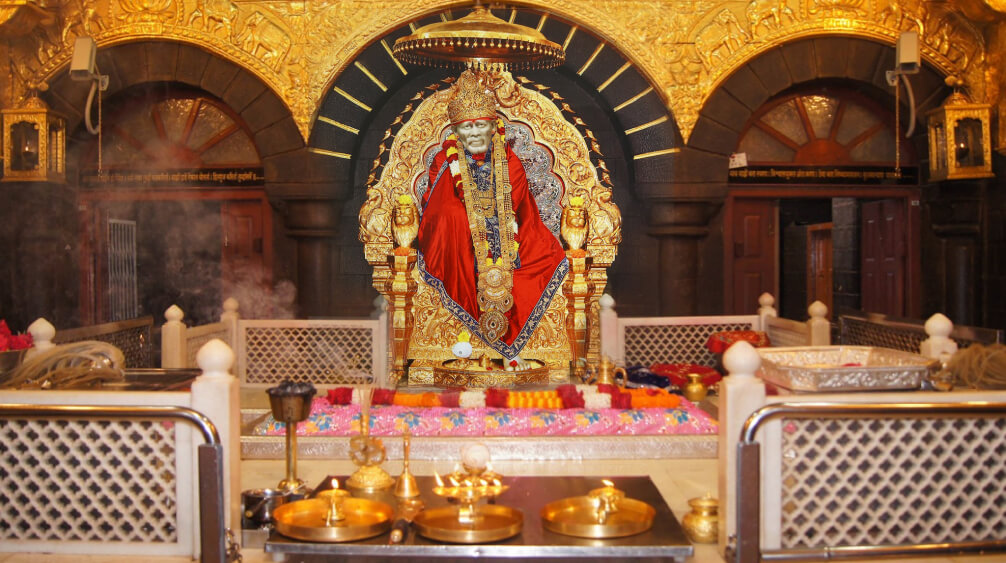
Sai Baba of Shirdi
Daiwik Hotel welcomes you to Shirdi, a town blessed by the presence of one of the most revered...
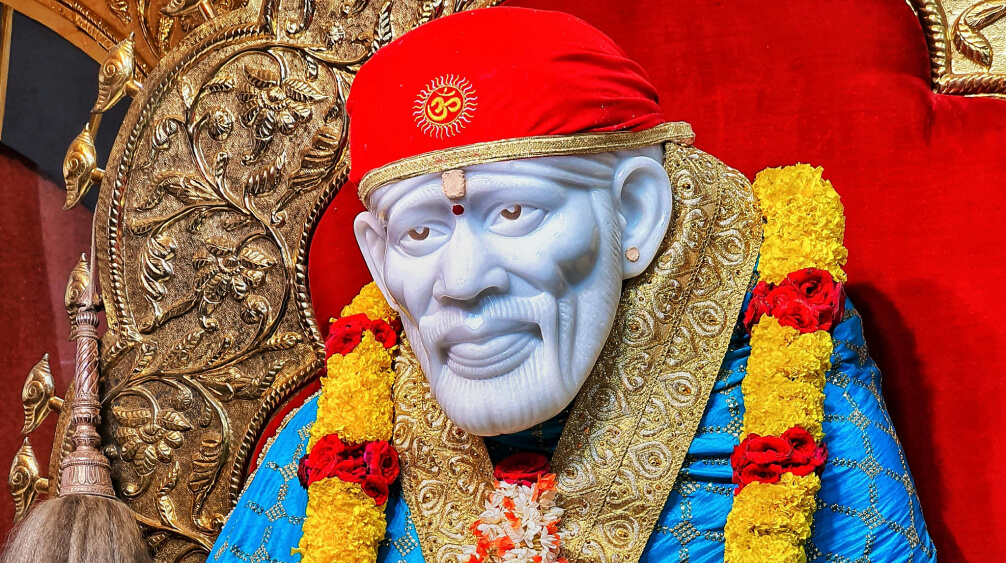
Teachings of Sai Baba
He was a man of few words, who refused to talk about his past. He always had time for people…
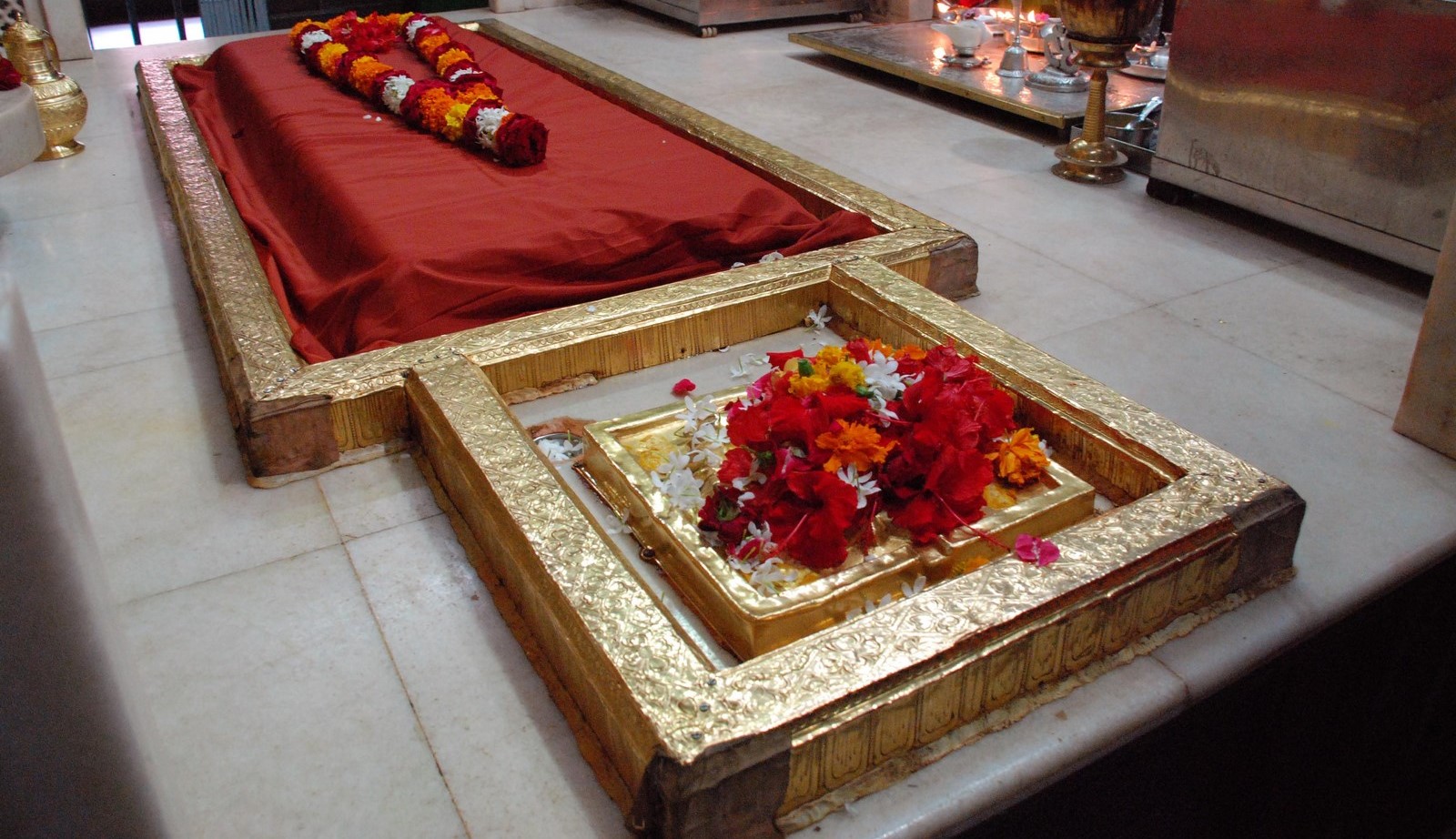
Sai Baba Temple
The Sai Baba temple called the Samadhi Mandir is the heart of the town of Shirdi. The...
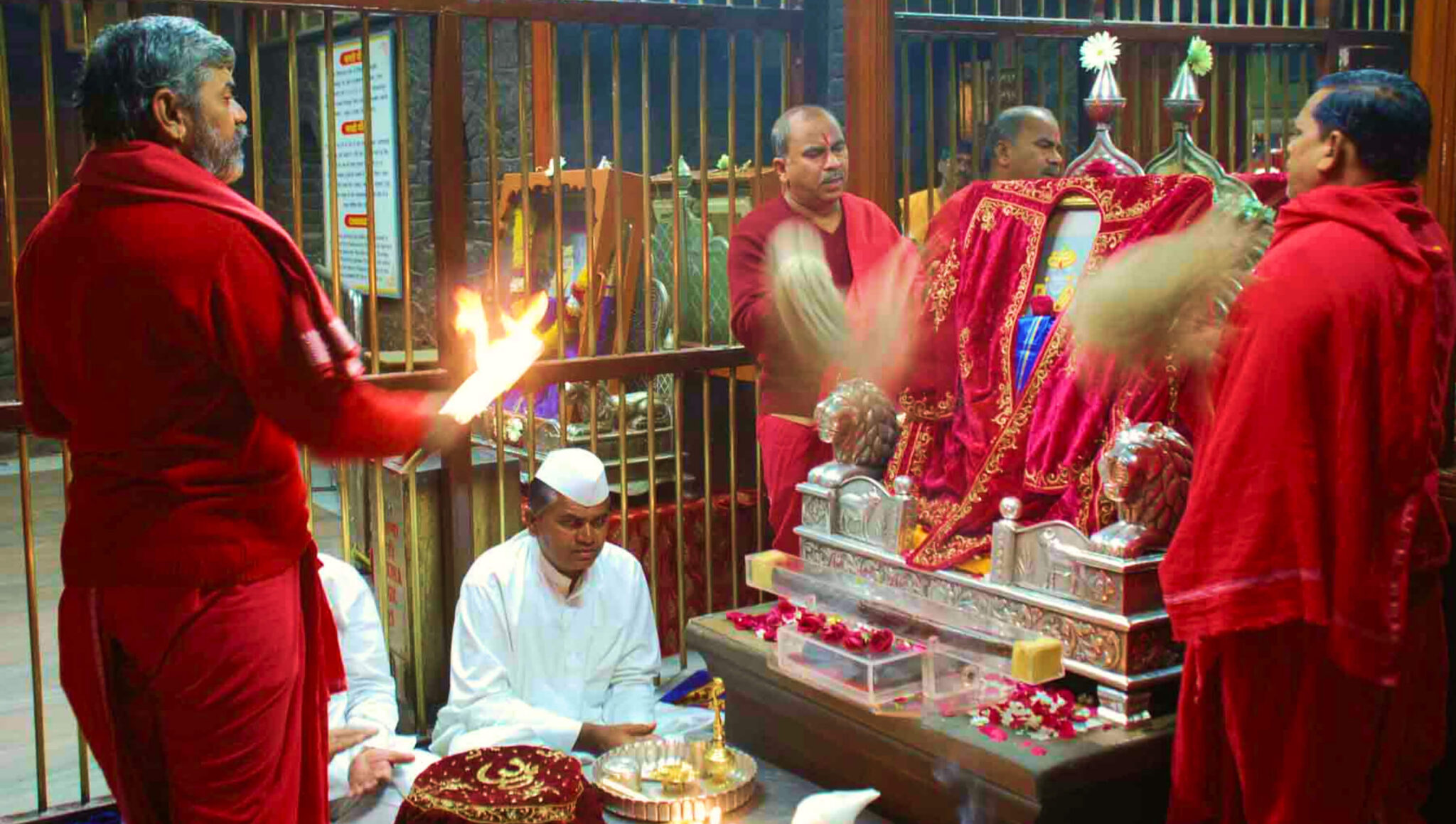
Pujas & Festivals
There are a number of daily religious ceremonies and also yearly festivals at Shirdi...
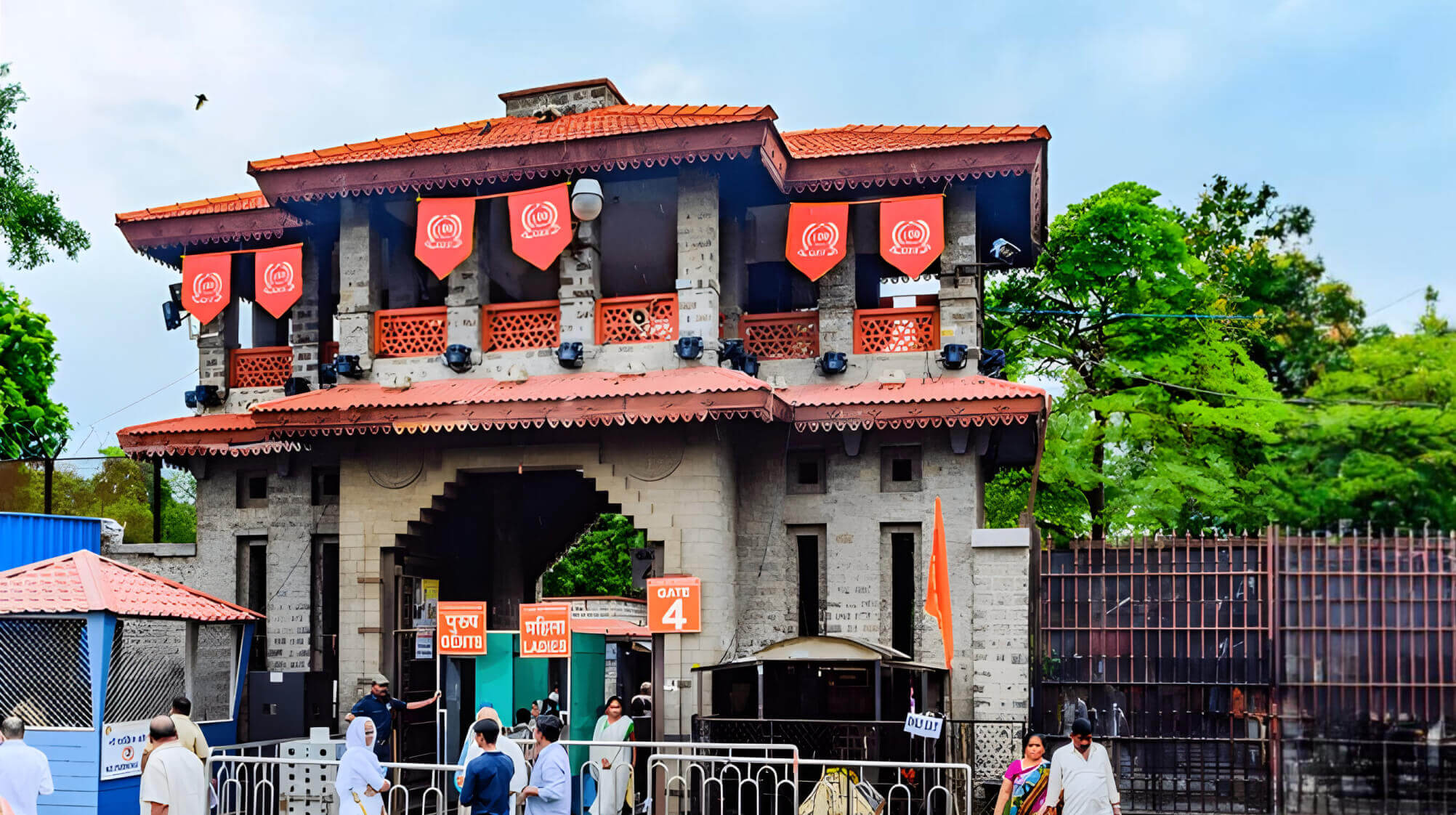
Other Sacred Places
Pilgrims arriving at Shirdi head first for the Samadhi Mandir to worship at the grave of Sai Baba….
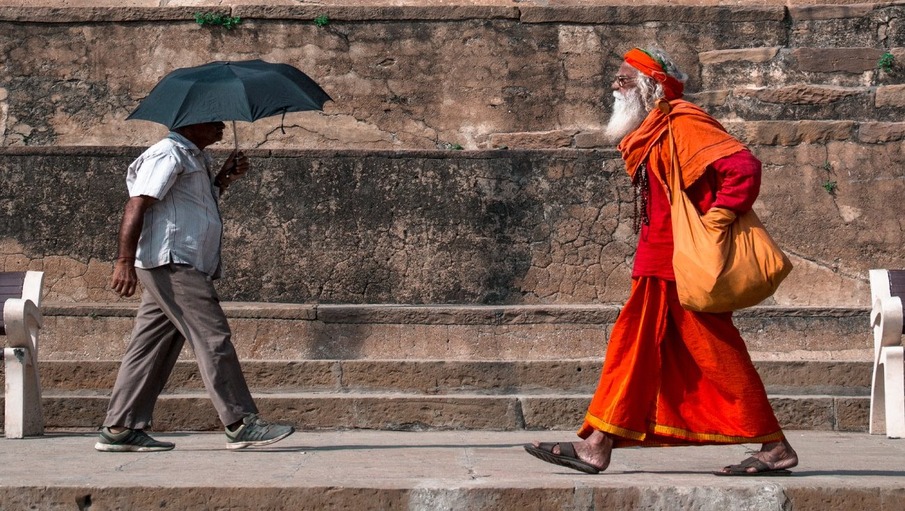
Travelling to Shirdi
Shirdi is a town in the Ahmednagar District of Maharashtra. It is located on the...

